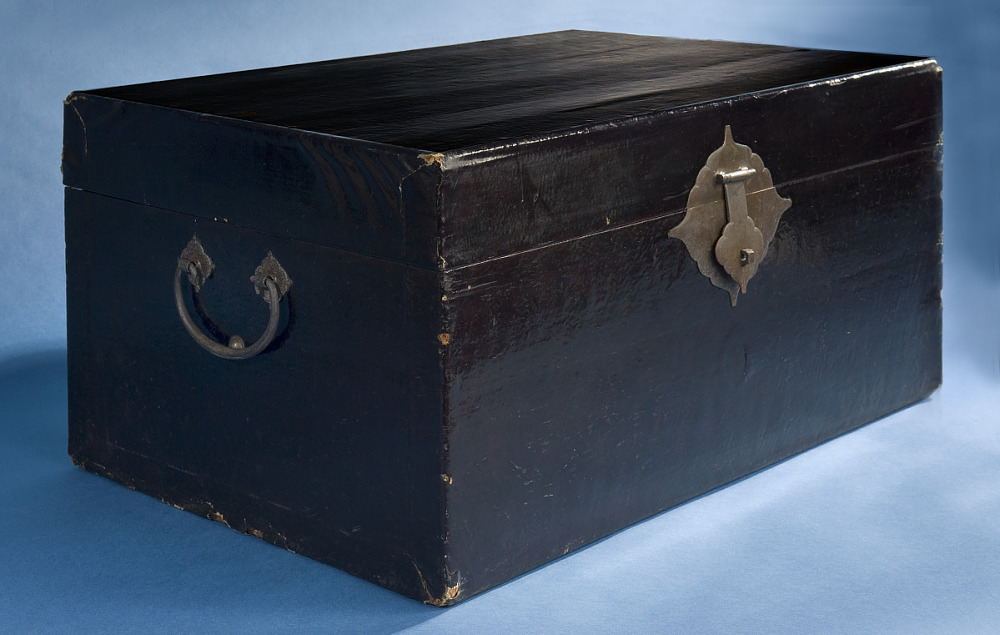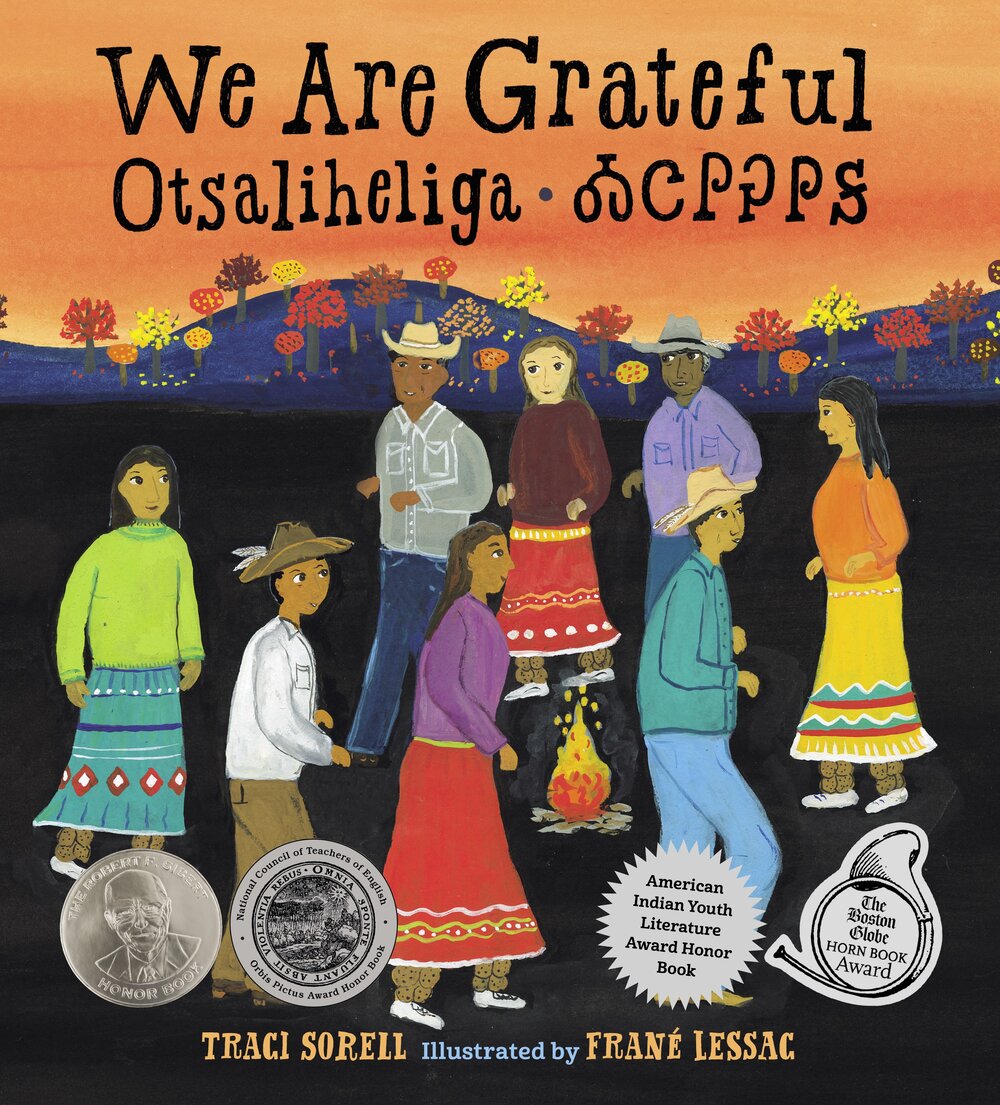As COVID-19 deaths spiked in 2020, Suzanne Firstenberg’s public art installation "In America: How could this happen…"
Museum Artifacts

Grade Range:
K-12
Resource Type(s):
Artifacts
Date Posted:
4/7/2016
In 1851 Isaac Merritt Singer formed the I.M. Singer & Company (later the Singer Sewing Machine Company) after inventing his own sewing machine to remedy a flaw he noticed with traditional models.
This Singer 24 chain stitch sewing machine was manufactured in 1910, and used in t

Grade Range:
K-12
Resource Type(s):
Artifacts, Primary Sources
Date Posted:
9/3/2020
In 1906 Ng Shee Lee packed her clothes and belongings in this trunk and left China for America. It was a difficult trip. She slept next to the noisy engine room; arriving tired and sick in San Francisco she was met by the devastating 1906 earthquake. Ng Shee then made her way alone by train across C

Grade Range:
K-12
Resource Type(s):
Artifacts, Primary Sources
Date Posted:
11/17/2008
The Blackberry is a handheld wireless Personal Data Assistant (PDA) and communication device. It has a thumb keyboard and a wheel for navigation, as opposed to using a stylus like its competitors. This unit was owned by a law firm partner who arrived at the World Trade Center on September 11, 200

Grade Range:
K-12
Resource Type(s):
Artifacts, Primary Sources
Date Posted:
11/5/2008
Once a new national government had been established under a new Constitution, attention naturally turned to ways of proclaiming national identity. A new, national coinage was one way of doing so, especially if it featured patriotic new images, rather than the endless sequence of crowned monarchs

Grade Range:
K-12
Resource Type(s):
Artifacts, Primary Sources
Date Posted:
4/15/2009
Aladdin Industries profited from the success of The Jetsons television cartoon series in the fall of 1963 by introducing a domed lunch box featuring that space-traveling suburban family and their robotic maid. American notions of family life in the 1960s traveled effortlessly outward to

Grade Range:
K-12
Resource Type(s):
Artifacts, Primary Sources
Date Posted:
8/7/2008
The March on Washington, August 28, 1963, was the largest civil rights demonstration the nation had ever witnessed. One hundred years after the Emancipation Proclamation, 250,000 Americans of all races gathered to petition the government to pass meaningful civil rights legislation and enforce exi

Grade Range:
K-12
Resource Type(s):
Artifacts, Primary Sources
Date Posted:
9/25/2009
Pancho Villa is one of the most recognizable leaders of the Mexico Revolution. This civil war, which lasted from 1910-1921, was fought to curb U.S. corporate interests and to redistribute agricultural lands, especially for indigenous communities. It was a social revolution that reasserted popular

Grade Range:
K-12
Resource Type(s):
Artifacts, Primary Sources
Date Posted:
9/3/2008
The short-handled hoe brings back memories of back-breaking labor for generations of Mexican and Mexican American migrant workers who sustained California's booming agricultural economy.

Grade Range:
K-12
Resource Type(s):
Artifacts
Date Posted:
9/17/2015
One of two telephones used by Alexander Graham Bell in a demonstration that took place between Boston and Salem, Massachusetts on November 26, 1876. Critical features are the iron diaphragm (seen as a black circular disc mounted on the vertical wooden support), two electromagnets (seen in white,

Grade Range:
K-12
Resource Type(s):
Artifacts
Date Posted:
12/30/2020
This Santa Cruz helmet was worn by downhill skateboarder Judi Oyama while racing during the late 1970's and into the 1980s. Oyama began skating as a teen and was sponsored by Santa Cruz Skateboards in the mid-seventies. She skated both vert and street but her passion was slalom and downhill racing w



















